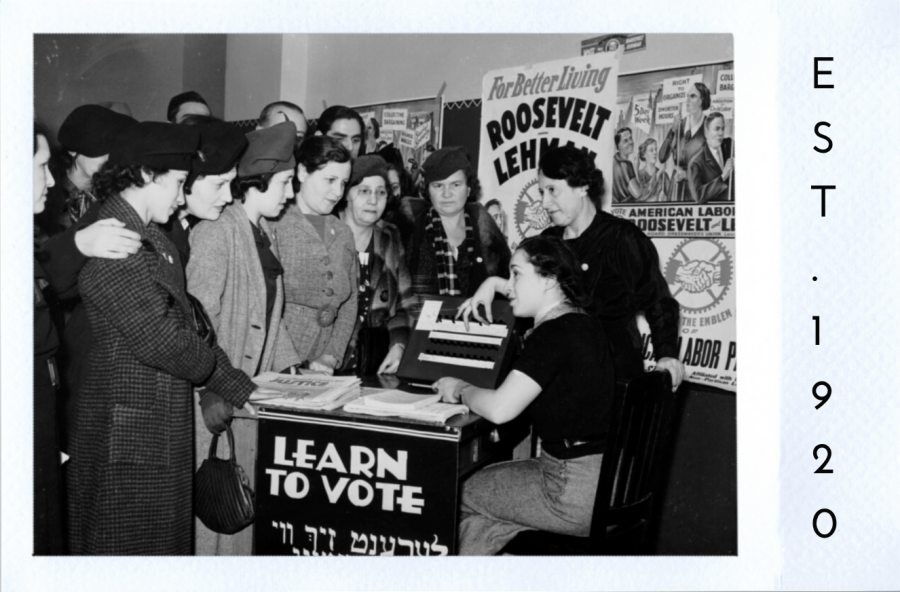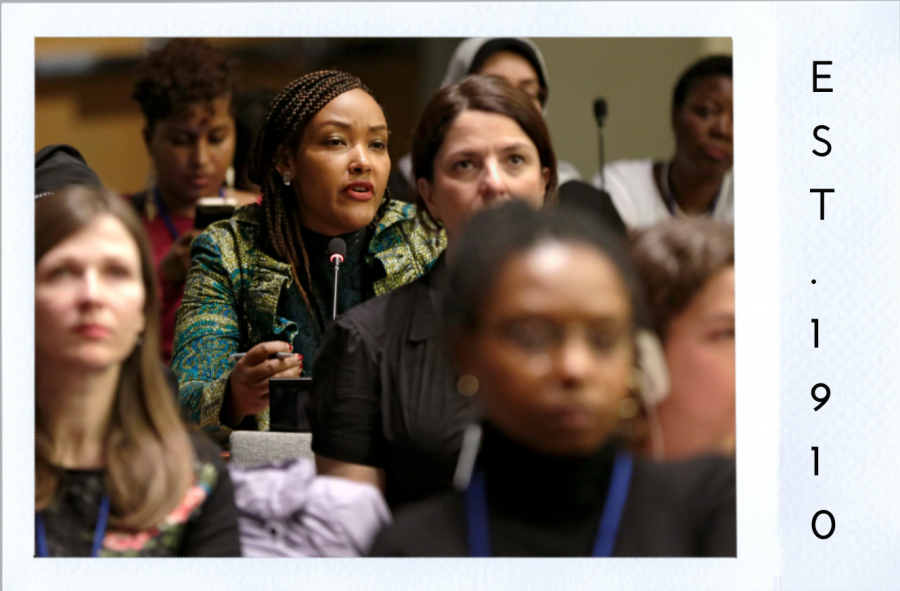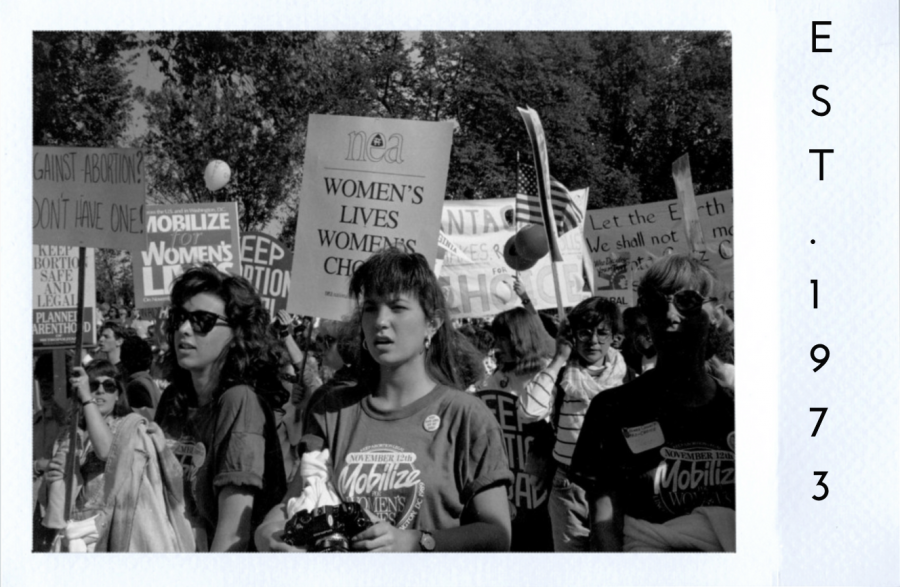A History of Women’s Rights
The United States has gone through a multitude of changes since its inception, with one notable aspect being progress toward gender equality. In honor of Women’s History Month, here are four significant landmarks that kicked off the movement for equality between the sexes:
Expanded voting rights

The 20th century brought about many exciting changes for America, and the 19th Amendment that granted women the right to vote was among the most significant. World War I helped propel the women’s suffrage movement as women proved that they were deserving of citizenship since they helped in the war effort. The suffrage movement was fought for in numerous ways: the National Woman Suffrage Association wanted an amendment added to the Constitution for women’s voting rights, while the American Woman Suffrage Association fought for the right to vote on a state by state basis. It is important to note that the 19th Amendment, ratified in 1920, only made voting more easily accessible for white women, where certain policies had to be created to allow certain groups of women to vote. For example, the Cable Act of 1922 allowed all women married to immigrants to keep their citizenship—as long as they did not marry Asian men—therefore allowing them to vote. Native American men and women, however, did not receive the right to vote until 1924, and some Western states did not grant this right until the 1950s. Additionally, the Nationality Act of 1952 allowed Asian immigrants—both men and women—to gain citizenship, which also allowed them to vote. In 1965, disenfranchisement laws such as literacy tests were abolished, allowing Black men and women to vote without as many restrictions.
Accessible birth control

Even among suffragettes, the topic of birth control was extremely taboo. According to The Atlantic, suffragettes frowned heavily upon using contraceptives since they believed it would liberate men more than women, and instead chose to preach about practicing abstinence in order to avoid an unwanted pregnancy. Despite this, women such as Margaret Sanger sought to provide birth control to women in the early 1900s and fought to legalize it. Many women–especially in poor communities–did not have access birth control and abortions and either had to find a way to unsafely terminate the pregnancy or figure out to provide for the child. However, many women died during childbirth, which encouraged women’s rights advocates like Sanger to push for accessible birth control in order to establish that women should have control over their own bodies and stressed the importance of voluntary motherhood. Although Sanger was arrested in 1916 for opening the first birth control clinic, she went on to advocate for safe and effective birth control, which was achieved in 1960 when the first contraceptive pill was approved by the FDA. In addition, in 1965, the Supreme Court declared that using contraceptives was a constitutional right for married couples in Griswold v Connecticut, but unmarried couples had to wait seven more years until Eisenstadt v Baird stated that it was legal for them to use birth control too.
Anti-sexual discrimination policies

Acts against sexual discrimination in a professional environment had to go through various stages to grant women proper legal protection. The push for this protection started with the Civil Rights Act of 1964, which banned employment discrimination on the account of race, sex, religion and national origin, followed by the Title IX of Education Amendment in 1972 that banned sex discrimination in federally funded schools. Under this amendment, discriminating against someone’s sex for issues such as admissions, recruitment, and pregnancy was prohibited. It wasn’t until 1980 that the Equal Employment Opportunity Commission stated that sexual harassment in the workplace was also a form of sex discrimination. However, it took six more years for the Supreme Court to rule that sexual harassment was prohibited under the Civil Rights Act of 1964, establishing that hostile speech can also be considered harassment.
Legal abortion

While abortion is often lumped together with birth control, its usage is completely different as it is meant to terminate a pregnancy–not prevent it. Although many women suffered from unprofessional abortion operations prior to its legalization in 1973, there were some underground options for safe abortion. For example, well-trained physicians and medical practitioners performed illegal abortions, but they did have the risk of imprisonment, fines and losing their medical licenses. In addition, in 1969, a group of women in Chicago created an abortion service for women looking for safe and inexpensive abortions. Even with these options, however, illegal abortions contributed to 5,000 deaths a year, mostly among Black and Hispanic women. So, in 1973, the Supreme Court decision Roe v. Wade legalized abortion, allowing for safe and effective abortions to take place. However, many states still have heavy restrictions on abortions; Texas, Ohio and Alabama ban abortions after the 20th week a woman is pregnant, and more and more states are pushing to ban abortions at six weeks.
Your donation will support the student journalists of Diamond Bar High School. Your contribution will allow us to purchase equipment and cover our annual website hosting costs.


